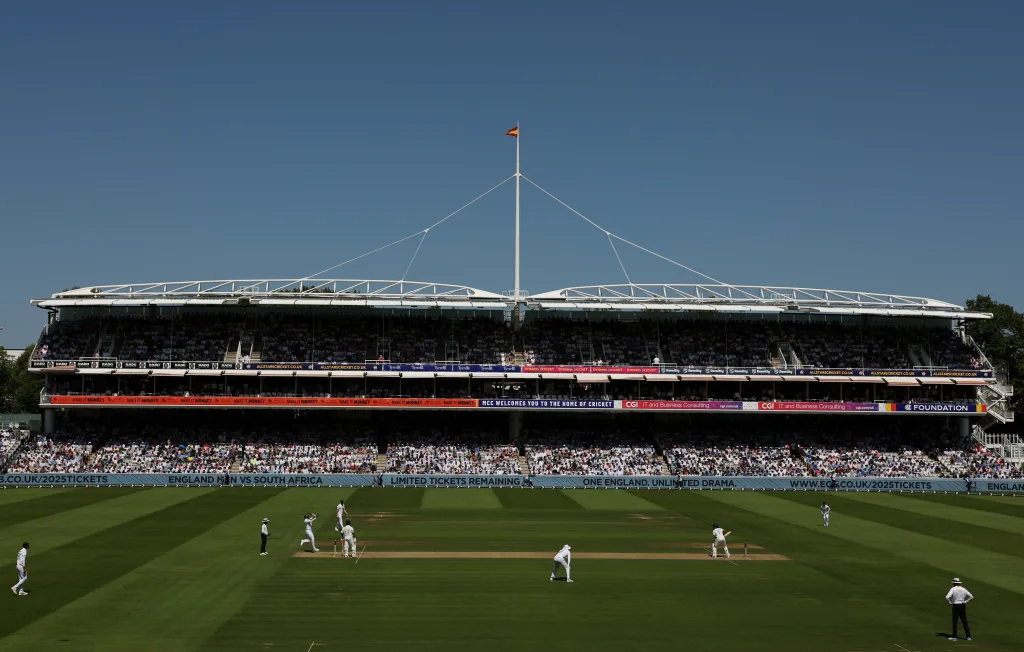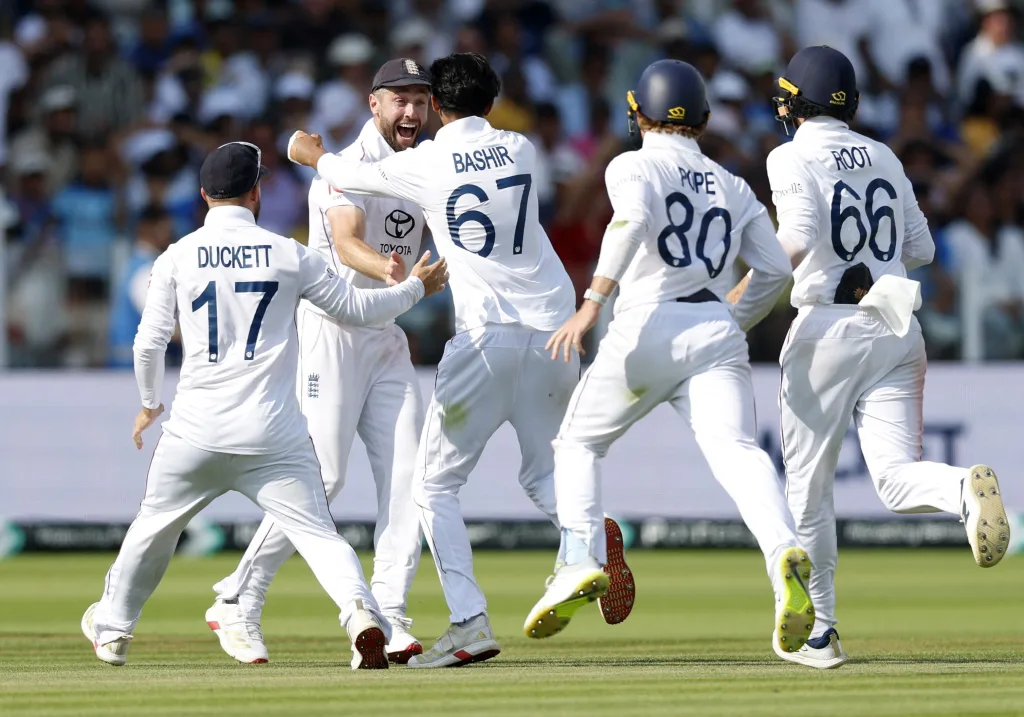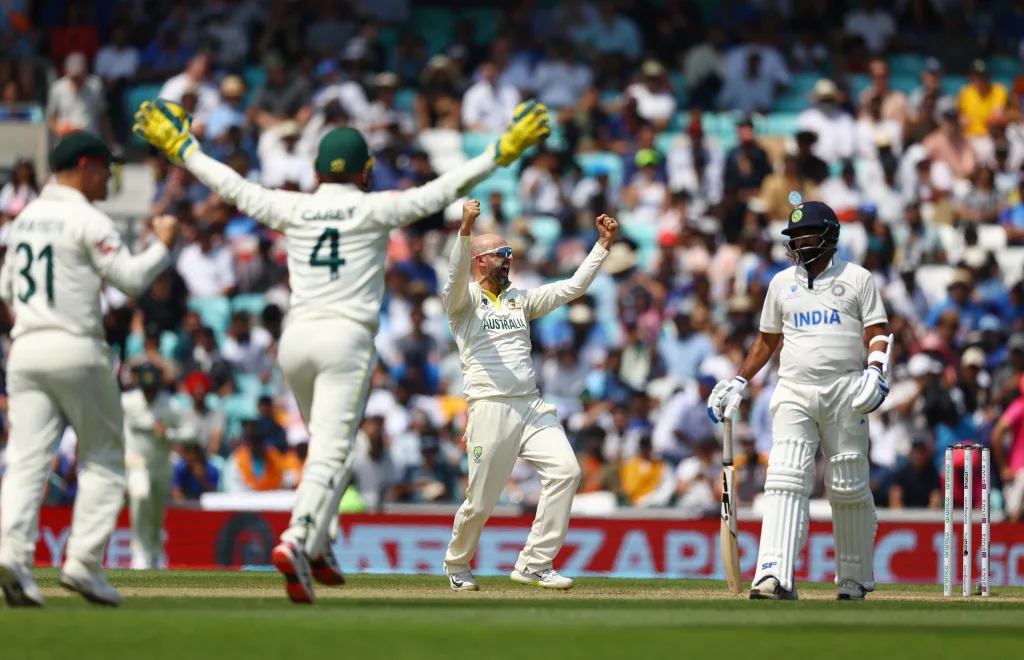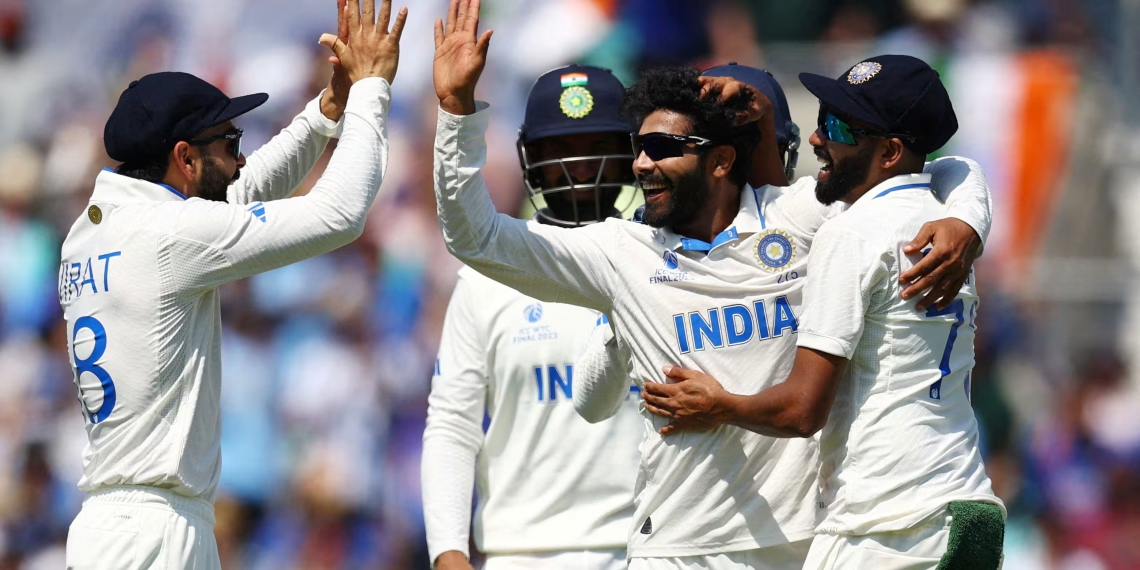Cricket’s pristine white uniforms represent more than just tradition—they tell a captivating story of evolution, practicality, and sporting heritage. While most sports use contrasting colors to distinguish teams, Test cricket has maintained its distinctive all-white appearance for over a century, creating one of sport’s most recognizable and enduring visual traditions.
Table of Contents
The Unexpected Origins: Cricket Wasn’t Always White
Contrary to popular belief, Test cricket’s white clothing tradition didn’t emerge overnight. The sport’s earliest participants in the 1700s wore whatever gentlemen typically donned for social occasions—frilled shirts, silk stockings, and buckled shoes. These early cricketers played in their finest attire, treating the game as another aspect of refined social life.

The transition to white began organically when players would remove their outer garments—wide-brimmed hats, coats, and smocks—leaving them with scorers or companions. Playing in their white undershirts became the practical norm, establishing the foundation for cricket’s iconic appearance.
The Colorful Rebellion of the 1800s
Before white became cricket’s uniform standard, the sport experienced a vibrant period of colorful experimentation. The prestigious Marylebone Cricket Club (MCC) initially adopted light blue uniforms before switching to their famous red and yellow colors. Players proudly represented their institutions—public schools and universities—through distinctive colored shirts and caps.
Early Professional Teams: Breaking the Mold
| Period | Team | Uniform Colors |
|---|---|---|
| 1840s-1850s | All-England XI | White trousers, pink/red spotted shirts |
| Early 1800s | MCC | Light blue (later red and yellow) |
| 1850s | Various clubs | Institutional colors with sashes and belts |
Neil Robinson, head of heritage and collections at the MCC, explains: “You’ll see illustrations of the all-England XI wearing white trousers, but shirts with pink or red spots. They were taking advantage of the railway network to bring high-quality cricket across England.”
The Practical Revolution: Why White Won
The 1880s marked cricket’s definitive shift toward all-white uniforms, but the reasons were refreshingly practical rather than romantic. Three key factors drove this transformation:
Heat Management
Cricket’s summer schedule demanded clothing that would keep players comfortable in hot conditions. White fabric reflects sunlight and heat, while darker colors absorb it—a crucial consideration for matches lasting multiple days under intense sun.
Visual Contrast
The traditional red cricket ball stands out dramatically against white clothing, improving visibility for players, umpires, and spectators. This contrast became essential as the sport grew more competitive and precise.
Accessibility and Uniformity
White clothing was readily available and affordable for most players, making it easier to standardize across different levels of the sport. This democratization helped cricket maintain consistent appearance regardless of economic background.
The Science Behind the Choice
Victorian cricketers intuitively understood something modern science has since validated. WG Grace, cricket’s legendary figure, wrote in his 1890 book: “White is now usually worn, and it certainly looks better and cooler than any other colour.”

Interestingly, a 1980 Tel Aviv University study of Bedouin tribes revealed minimal temperature differences between white and black robes in desert conditions. However, white’s psychological cooling effect and superior ball visibility made it the superior choice for cricket.
Temperature Comparison by Clothing Color
| Color | Heat Absorption | Reflection Rate | Cooling Effect |
|---|---|---|---|
| White | Low | High | Excellent |
| Light colors | Medium | Medium | Good |
| Dark colors | High | Low | Poor |
World Series Cricket: The Colorful Revolution
The late 1970s brought cricket’s most significant uniform revolution through Kerry Packer’s World Series Cricket (WSC). This groundbreaking series introduced several innovations that transformed the sport:
- Day-night cricket under floodlights
- White balls for better visibility
- Colored uniforms to contrast with white balls
The Australian team wore striking yellow/gold, the Rest of the World donned blue, and the West Indies sported salmon-pink uniforms. Despite initial resistance and “pyjama cricket” criticisms, these innovations permanently changed limited-overs cricket.
The Unwritten Law: Cricket’s Gentle Tradition
Remarkably, Test cricket’s white clothing requirement exists purely through convention—no formal law mandates it. The sport’s governing bodies never codified white uniforms, yet this tradition persists stronger than many written rules.
This informal approach reflects cricket’s broader philosophy of gentleman’s agreements and sporting spirit. As Robinson notes: “A bit like cricket itself, whites just evolved into the accepted format we know today.”
Modern Evolution: Maintaining Tradition
Contemporary Test cricket uniforms have evolved while preserving their essential character:
- Manufacturer logos add commercial elements
- Player names and numbers improve identification
- Sponsor badges generate revenue
- Modern fabrics enhance performance and comfort
Despite these additions, the fundamental white appearance remains unchanged, connecting today’s players with over 150 years of cricket heritage.

The Enduring Appeal of Cricket Whites
Test cricket’s white clothing tradition represents more than practical considerations—it embodies the sport’s values of tradition, respect, and timeless elegance. While other cricket formats embrace colorful uniforms, Test matches maintain their distinctive appearance, creating a visual link between past and present.
This commitment to tradition while embracing practical innovations perfectly captures cricket’s character: respectful of heritage yet adaptable to modern needs.
Read More: Jasprit Bumrah Confirmed to Play the Fourth Test as Rishabh Pant has Healed
FAQs
Are Test cricketers required by law to wear white?
No, there’s no official law requiring white clothing in Test cricket. It’s purely a convention that has developed and persisted over 150+ years.
Why don’t other cricket formats use white uniforms?
Limited-overs cricket uses colored uniforms for better contrast with white balls and enhanced visual appeal for television audiences and spectators.
When did cricket first adopt white clothing?
White became gradually prevalent from the 1880s, though cricketers wore white undershirts as early as the 1700s when removing outer garments.
Is white actually cooler than other colors in hot weather?
Yes, white reflects heat and sunlight better than dark colors, though modern science shows the difference is less dramatic than once believed.
What was cricket clothing like before white became standard?
Early cricketers wore gentlemen’s formal attire including frilled shirts, silk stockings, and buckled shoes, later transitioning to colorful institutional uniforms in the 1800s.








